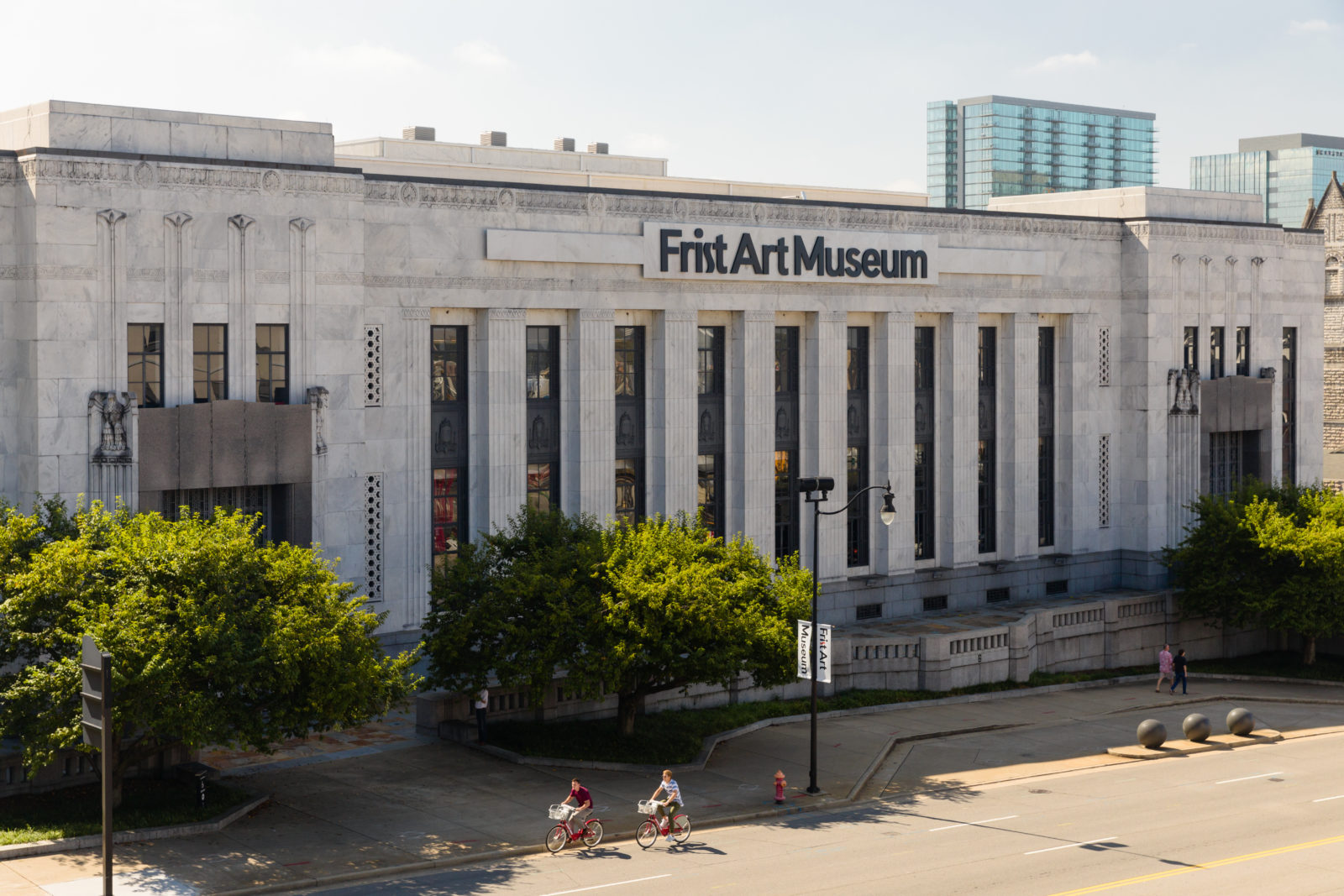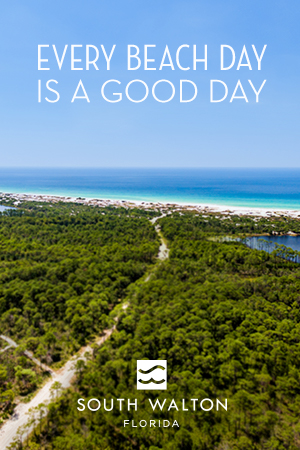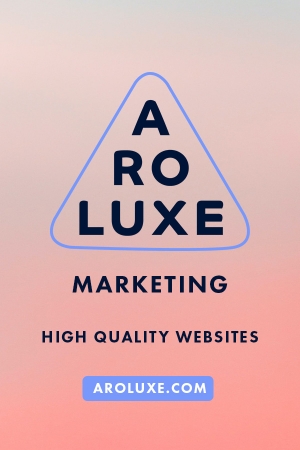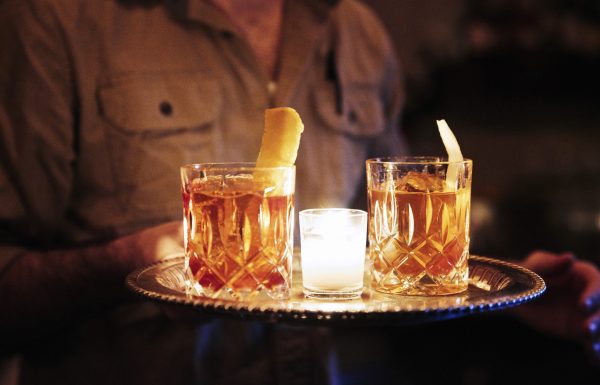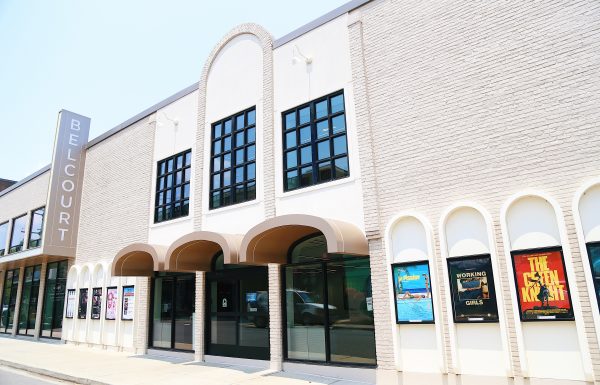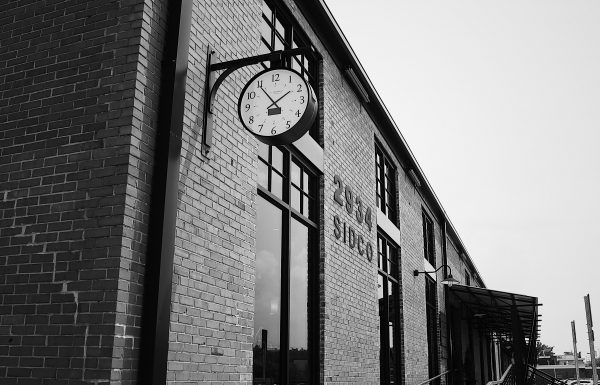For nearly two decades, the Frist Art Museum has remained a centrality of art and culture in Nashville’s ever-changing creative landscape. On the heels of Van Gogh, Monet, Degas, and Their Times: The Mellon Collection of French Art and ahead of Frida Kahlo, Diego Rivera, and Mexican Modernism from the Jacques and Natasha Gelman Collection, museum curator Katie Delmez takes a moment to discuss art as a tool of connectivity and her desire to bring the distinct voice of Nashville artists to light. Together, we take a closer look at the local art culture, and she offers invaluable insight from 18 years as a curator at Frist Museum of Art.
Katie works with the curatorial team to deliver acclaimed collections (including those listed above) and present compelling independent exhibitions. During her career thus far, Katie has worked with a breadth of influential artists, most notably, Carrie Mae Weems and Nick Cave. She also organized last year’s Civil Rights photography exhibition, We Shall Overcome: Civil Rights and the Nashville Press, 1957–1968.
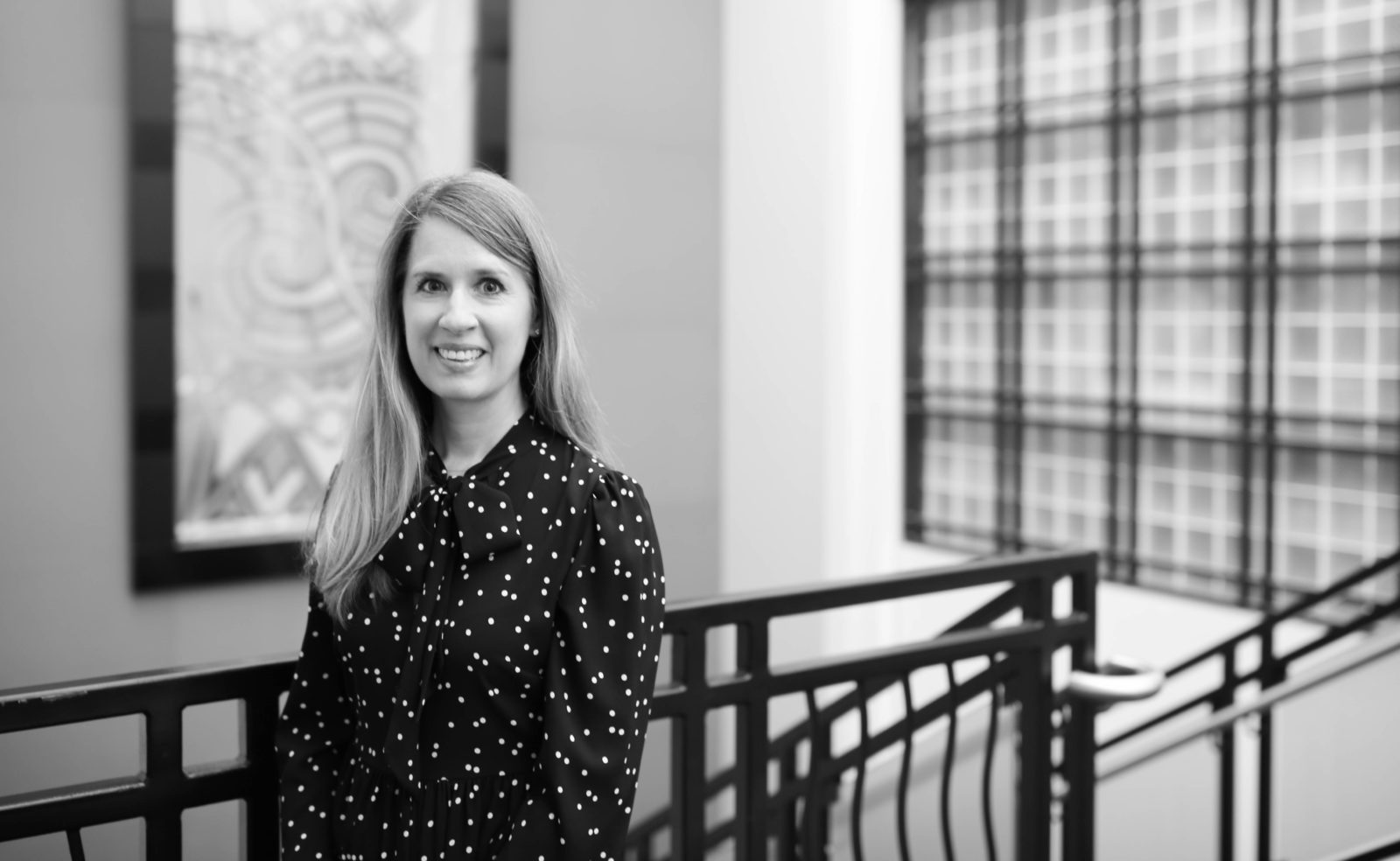
The Nashville Edit: What is your curatorial approach?
Katie Delmez: The mission of the Frist Art Museum is to help people look at the world in new ways, through art — and that has always been how I view art, as well; it can be an agent of connectivity. As a curator, I am interested in work with political or social dimensions. I like living with more formal pieces that are beautiful explorations of lines, texture and color, but in my curatorial practice, I seek something that digs into historical or social issues, especially as they relate to identity. Artists I have worked with include Carrie Mae Weems and Nick Cave, who both examine race, class, gender and power structures.
I am increasingly interested in bringing visibility to people or histories that have been overlooked or ignored.
TNE: How would you describe the Nashville art scene? What is it you like most?
KD: I love it, in the sense that so many exciting things are happening across the board right now. Artists are moving here; there are great exhibitions all over town; OZ Arts is doing amazing programs; Metro Arts Commission is strong and promoting both public and local art; we even have our own 21C Hotel. The universities are also doing great work. Vanderbilt was able to get Maria Magdalena Campos-Pons to join their faculty, and that has been very good for Nashville already. Madga has brought leading figures in the international art world to Nashville, and she featured seven local artists in the Havana Biennial.
So the art world [in Nashville] is doing well, and it is growing. But I hope that it is sustainable, that artists can have affordable studios, and that people buy local art and keep the galleries going.
TNE: What role does the Frist play within that context?
KD: The Frist is committed to bringing the best art of the world to Middle Tennessee, and we hope to inspire both the art community and the general public through first-rate exhibitions and programs. We are also committed to presenting work with direct ties to the region, like Connect/Disconnect: Growth in the “It” City, in our Conte Community Arts Gallery. Beyond that, we want to be a safe place where people can learn and have conversations about tough issues, like mass incarceration or the treatment of immigrants, two themes explored in the current Dorothea Lange exhibition. Art can be a tool for understanding, not just visual pleasure.
Because of our size and location, we also strive to be a central hub where people can gather, talk about art and ideas, make art in the Martin ArtQuest Gallery, and just enjoy themselves. We are also interested in doing anything we can to support our colleagues and help make connections within the community. Accessibility is really important to us, and we want to be welcoming to everyone.
TNE: Where else can we find inspiring collections of art, locally?
KD: The Fisk galleries are always doing wonderful things, especially since sharing the Alfred Stieglitz Collection with The Crystal Bridges Museum of American Art in Arkansas. They now have gallery space they can program, and Jamaal Sheats and Nikoo Paydar are doing great work. Right now, there is an exhibition featuring Fisk alum, which of course is an impressive group, and another with current artists from North Nashville.
The galleries, Zeitgeist and David Lusk among others, are always showing interesting and high-quality work. Across the street from those galleries in Wedgewood Houston is the Packing Plant, where you will see something new and perhaps unexpected — not necessarily recognizable names.
And there is a thriving mural and public art scene now; you don’t have to go to a museum or gallery to see art. It seems to be all around us.
TNE: Which is your favorite Nashville cultural institution?
KD: Aside from the Frist? That is a hard one, but I will have to say the Fisk University Art Galleries, again. It holds such a rich history and collection. For example. The original plates for W.E.B Du Bois’ seminal work The Souls of Black Folks are currently on view, which gave me chills when I first saw them. Cheekwood is my favorite place to go with my family.
TNE: What events are you looking forward to?
KD: Well, I get to go to Cuba on Wednesday to see the Havana Biennial, so that is going to be really cool. Looking a little further out, I am really excited about the recently announced Tennessee Triennial for Contemporary Art that will take place in 2021 with exhibitions in Nashville, Memphis, Chattanooga and Knoxville. This will be a big deal. And, of course, the Frida Kahlo exhibition that opens here at the Frist on May 24. I am definitely looking forward to that.
TNE: And what can we expect from that exhibition?
KD: It is a traveling exhibition that comes from the Jacques and Natasha Gelman Collection; they lived in Mexico in the mid-20th century and became friends with many of the artists working there at the time. They acquired most of the works directly from the artists. The exhibition includes several of Frida Kahlo’s self-portraits, which is she is well-known and loved for, as well as works by her husband, Diego Rivera (including a great portrait of Natasha), and other notable modern Mexican artists. Photographs of Frida and reproductions of her distinctive clothes and accessories will give us a better sense of her as a person, too.
TNE: What exhibitions are you currently working on?
KD: [Opening in August], Murals of North Nashville Now, will feature a selection of new generation artists who are making public art and living, working or studying in the historically African American part of our city, which is having an artistic moment right now. This fall, I am overseeing a presentation of the Native Women Artists, which is intimidating because I am not yet familiar with the material, but I am looking forward to the opportunity to learn. In the spring of 2020, I will work with Jamaal Sheats to co-present an exhibition of Terry Atkins, a sculptor, filmmaker and musician who graduated from Fisk in the 1970s. I am also in the research stages of an exhibition on collage in contemporary art and exploring the idea of a project devoted to the local fashion and design scene. Lots going on!

